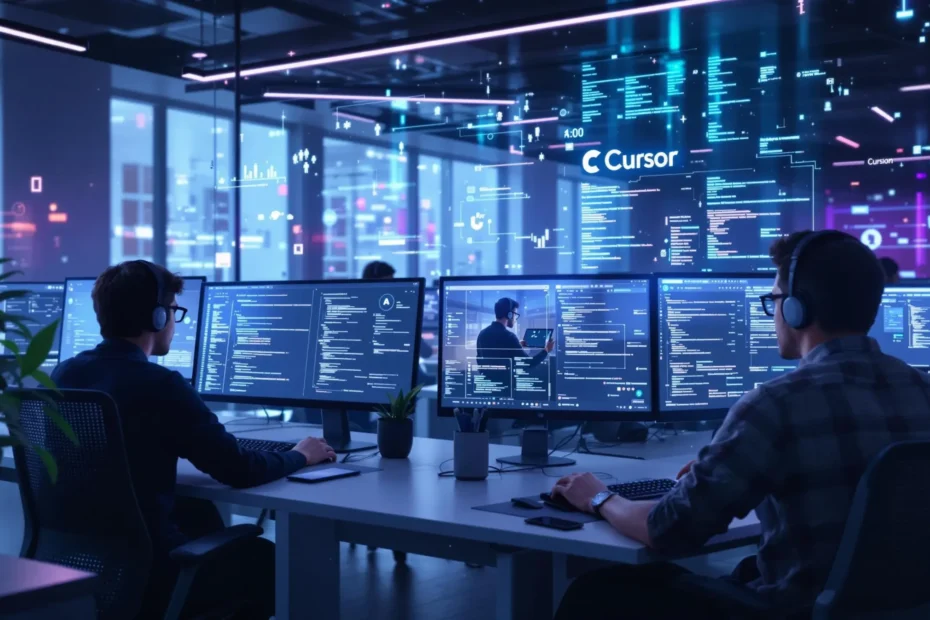Important Insights
- The AI K Prize challenge’s first cycle only managed to yield a maximum score of 7.5%.
- Despite the score, Brazilian prompt engineer Eduardo Rocha De Andrade took home the staggering amount of 50,000 dollars.
- The challenge was brought forth by Andy Konwinski, the cofounder of Databricks and Perplexity, who seeks to evaluate the extent to which AI can practically code.
- Konwinski made a statement about offering one million dollars for a score on a specific open-source AI model with the condition that it scored 90 percent or higher.
- The K Prize issue perpetuates a new, “contaminant-free” benchmark which aims to avert pre-training on the recognized test set.
What is The K Prize?
The K Prize is specialized AI K coding’s new round of competition that seeks to evaluate the precision of AI in performing practical and theoretical programming work. The competition was developed by Konwinski.
The K Prize is designed with a fair and a complex challenge. Unlike every other benchmark, it employs a timed submission strategy which stops the model from pre-training using the test data.
First Round Results: A Dose of Reality
As reported by the Laude Institute, contestants currently hold the K Prize and on Wednesday 5 PM PST the results were made public.
The top scorer, Eduardo Rocha de Andrade, won $50,000 despite answering a mere 7.5% of the coding questions correctly.
“Benchmarks should be hard if they’re going to matter,” Konwinski commented. “This is a reality check on AI’s current coding abilities.”
Why are the results so low?
SWE-Bench and other traditional benchmarks tend to yield much higher results, showing top performing models scoring 75% and 34% on its easy and harder tests, respectively. However, Konwinski pointed out that these tests and scores could be contaminated due to the AI having seen the problems during training.
The K Prize sidesteps the contamination issue by designing tests from GitHub issues created after March 12 (the deadline for model submissions).
This guarantees that no model is able to train on the test data prior to the test.
The $1,000,000 Open-Source Challenge

In a bid to further AI’s limits in coding, Konwinski announced that he will grant $1 million to the first open-source AI model that surpasses 90% on the K Prize.
With this bold offer, he hopes to catalyze developers and researchers to create AI coding models that are smarter, cleaner, and more capable.
A Call to Action Regarding AI
The market is being flooded with various AI coding tools, boasting near-human capabilities. However, the K Prize results show that AI still needs further refinement if they wish to be considered reliable software engineers.
Konwinski IRL stressed the importance of benchmarking by explaining, “If we can’t even get more than 10% on a contamination-free SWE-Bench, that’s a reality check.”
Princeton’s Sayash Kapoor also weighed in on the issue, explaining that creating newer and tougher tests is important to measure a true level of progress achieved in AI coding.
K Prize’s Difference from SWE-Bench
The SWE-Bench is a core benchmark focused on evaluating the capabilities of AI and is therefore a reasonably good benchmark. The only issue lies in the fact that it uses a closed set of problems. AI models can be trained on these problems, thus boosting performance scores.
The K Prize, by contrast:
– Has fresh, unseen GitHub issues for every round.
– Removes overfitting to the benchmark.
– Is concerned with the actual bug fixes and coding problems.
Looking Forward
Konwinski is expecting subsequent K Prize rounds to be more fierce as the teams make the necessary adjustments.
In his view, the upcoming rounds will help clarify whether the dismal scores are Benchmark contamination or in fact the complexity of coding problems in the current era.
Final Thoughts
The K Prize brings to light a sore point: AI-assisted coding technologies still have a long way to go before they can take the place of human engineers.
At the same time, this challenge may positively influence the development of AI coding models by setting the bar higher with a contamination-free, real-world, uncompromised standard.
